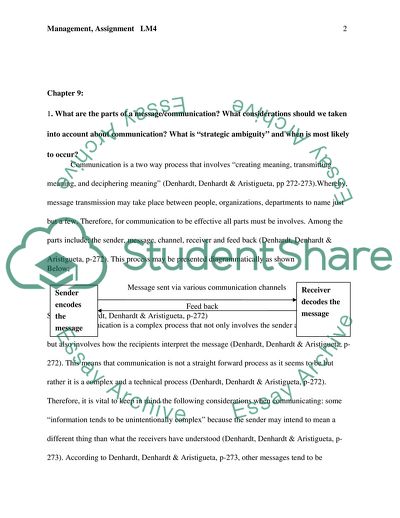Cite this document
(Main Aspects of Message Communication Assignment Example | Topics and Well Written Essays - 3000 words - 1, n.d.)
Main Aspects of Message Communication Assignment Example | Topics and Well Written Essays - 3000 words - 1. https://studentshare.org/social-science/1795957-lm4
Main Aspects of Message Communication Assignment Example | Topics and Well Written Essays - 3000 words - 1. https://studentshare.org/social-science/1795957-lm4
(Main Aspects of Message Communication Assignment Example | Topics and Well Written Essays - 3000 Words - 1)
Main Aspects of Message Communication Assignment Example | Topics and Well Written Essays - 3000 Words - 1. https://studentshare.org/social-science/1795957-lm4.
Main Aspects of Message Communication Assignment Example | Topics and Well Written Essays - 3000 Words - 1. https://studentshare.org/social-science/1795957-lm4.
“Main Aspects of Message Communication Assignment Example | Topics and Well Written Essays - 3000 Words - 1”. https://studentshare.org/social-science/1795957-lm4.


